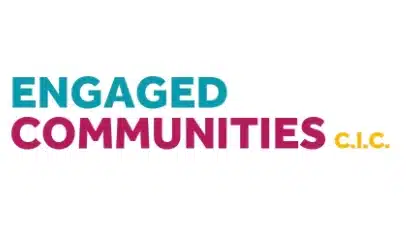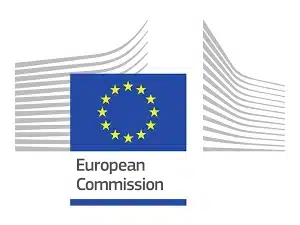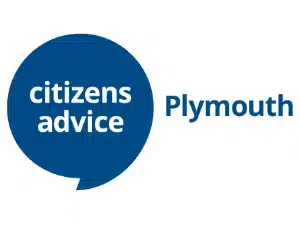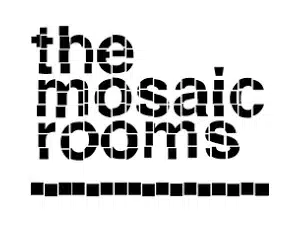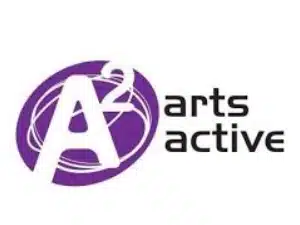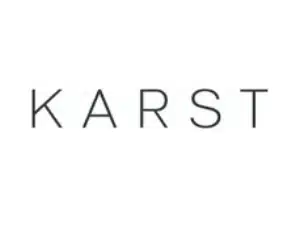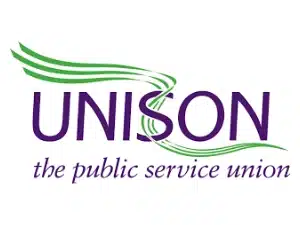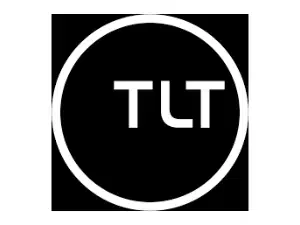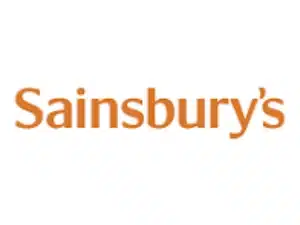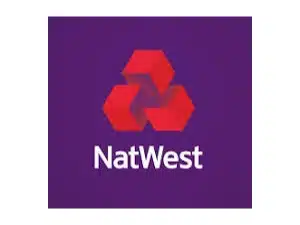In recent years, the headlines have been flooded with high-profile cases of sexual harassment and misogyny across industries – from the media and government to the NHS and police. Despite increased awareness following the #MeToo movement, the question remains: how much real change has occurred within workplaces?
The statistics are sobering. According to a TUC poll, 3 in 5 women have experienced sexual harassment, bullying, or verbal abuse at work, and this number jumps to 2 in 3 for women aged 25 to 34. Despite this prevalence, only a third of women report these incidents to their employers, citing fears of not being believed, retaliation, or career repercussions. These fears disproportionately affect disabled workers and workers of colour, as highlighted by the Fawcett Society.
As someone who has faced multiple instances of sexual harassment in the workplace, I understand first-hand the devastating impact it can have on mental health and career progression. These experiences have fueled my dedication to helping organisations create truly inclusive workplaces, where safety and respect are foundational. My mission is clear: ensuring no one has to endure the harm of sexual harassment at work.

Why employers can’t afford to ignore this?
With new regulations introduced in October 2024 requiring employers to take “reasonable measures” to prevent sexual harassment, businesses can no longer afford to ignore the issue.
The consequences of inaction are steep:
- Increased staff turnover: The cost of replacing an employee can exceed £35,000 per role.
- Litigation risks: Workplace discrimination costs UK employers an estimated £127 billion annually.
- Damaged reputation: The news is filled with cautionary tales of organisations whose reputations have been irreparably harmed by their failure to address harassment.
- Lost opportunities: Potential clients and investors are increasingly scrutinising organisational cultures.
Let alone the psychological costs to your employees. Indeed harassment deeply impacts mental health, confidence, and overall wellbeing, leaving lasting scars that affect not only individuals but the entire workplace culture.
What employers can do to prevent Sexual Harassment?
Preventing sexual harassment requires a proactive and cultural shift from the ground up. Here’s how organisations can create safe and respectful workplaces:
–Leadership Accountability
Leaders must take a visible and strong stance that harassment will not be tolerated. This means modelling inclusive behaviours, holding themselves accountable, and ensuring others are as well.
–Regular Anti Sexual Harassment Training
Provide interactive, scenario-based training sessions to educate employees about what constitutes sexual harassment and how to intervene. Training should be refreshed regularly to ensure it stays top of mind. I have successfully supported many employers with this, so drop me a line to discuss.
–Policy Visibility
A sexual harassment policy is not a “tick-box” exercise. Communicate your policies clearly and often, not just during onboarding but throughout an employee’s tenure.
–Accessible Reporting Channels
Offer multiple reporting options, such as confidential helplines or anonymous reporting systems. Remove the burden from individuals by empowering colleagues and managers to report incidents they witness.
–Support for Survivors
Check in regularly with employees who report harassment to ensure they feel supported and safe. Taking action shouldn’t stop at filing a report.
–Cultural Temperature Checks
Use anonymised surveys to gauge employee perceptions of workplace culture and take meaningful action to address areas of concern. If you need support with this, I am here to help.
Taking action in 2025
Creating a workplace free from harassment isn’t just about avoiding legal risks, it’s about fostering an environment where employees feel respected, valued, and empowered to thrive.
As an EDI consultant, I specialise in helping organisations develop the tools and strategies needed to prevent harassment and create inclusive cultures. Whether it’s anti-sexual harassment training, or conducting employee feedback surveys, I’m here to help.
Let’s start the conversation.
Just drop me a line at hello[@]leaguzzo.com, and together, we can build an inclusive workplace culture that is free from sexual harassement.






